Have there been times when you thought of investing in Balanced funds like HDFC Prudence, but did not invest because you wanted to invest in pure equity funds with maximum exposure to equity? If yes, than you need to rethink this thought because balanced funds have performed superior than equity funds in some cases and given their diluted exposure to equity as compared to that of a pure equity fund, the returns are really worth considering. So here you go-
What are Balanced Funds ?
Balanced funds are Equity Mutual funds, which are not as aggressive and as pure equity diversified mutual funds and keep equity component in the range of 60%-75% and rest in Debt products or Cash. By definition you can see that Balanced funds are not exposed to equity in the same way as regular equity diversified funds whose equity exposure is generally 95% or more in an average scenario. Balanced funds keep a balance between equity and debt, with equity still being the higher component.
For example, HDFC Prudence keeps its equity allocation around 75% in most of the cases and rest 25% in debt or cash. However, Reliance Regular Savings Balanced is generally low on equity and keeps it around 60-65%, but from last some months, it has raised its equity exposure to 70%, but hasn’t touched its limit of 75% ever! . From tax point of view, any mutual fund which has equity component more than 65% is considered as “Equity Fund” and long term capital gains are exempted from tax after one year just like an pure equity equity fund .
Balanced funds Returns less risky than Pure equity mutual funds
As balanced funds are lower on equity exposure, the fall in case of market crash is lower than pure diversified funds. For example, during the financial crisis of 2008, balanced funds lost only 42% as compared with 53% drop in returns by diversified equity funds.
Lets also see another example of Reliance Regular Saving Balanced fund, its NAV was around 17.27 on 1st Jan 2008, exactly after 1 yr on 1st Jan 2009, its NAV fell to 11.26 which is 34.78% drop, where one of the best diversified equity fund from Reliance AMC called Reliance Regular Saving NAV was 30.28 on 1st Jan 2008 and it dropped to 14.05, which is 53.6% drop. After that in next 2 yrs, Reliance Regular Balanced fund has given a return of 110% , where as Reliance Regular Saving Equity gave a 137% return, which shows that Pure equity fund gave much better return than balanced funds in 2 yrs time frame (Jan 2009- Jan 2011). But the most interesting thing is to look at the 3 yrs return starting from Jan 2008 to Jan 2011, which shows that the return of Reliance Regular Balanced fund was 137% where as the return of Reliance Regular Saving Equity was 110%, which shows that if you also consider the crash of 2008 into the overall scenario, Balanced fund out performed Pure equity fund by a considerable margin.
Comparision of Returns from Reliance Regular Saving Balanced and Reliance regular Saving Equity Funds

Main Advantage of Balanced Funds
Balanced funds have to maintain their ratios of splitting between equity and debt by fixed percentage. In order to do so, the fund has to keep on buying and selling from time to time which leads to the concept of Asset Allocation. So, if a balanced fund has a ratio of 70:30 (Equity: Debt) and suppose it reached to 77:23, the fund manage will make sure that he sells the excess part of equity to rebalance the fund back to 70:30. However in equity funds, if the ratio itself was 98:2 earlier, despite the big run in markets, the equity part will still remain around the same ratio and there is no question of asset allocation.
So the conclusion is that the asset allocation is the internal advantage available to Balanced funds which leads to superior returns over longer term, but in short term, balanced funds will not out perform pure equity based funds incase there was a bull run. You always have to give balanced funds a long time to see the performance.
Performance of Balanced Funds vs Equity Funds
Can you imagine HDFC Prudence out-performing HDFC Top 200 despite having a low equity exposure compared to HDFC Top 200? Yes, it has happened! Now let me show you some statistics which I found out.
SIP investment in HDFC Top 200 vs HDFC Prudence
Over the last 14 yrs from Jan 1997 to Mar 2011, if you had done a SIP investment of Rs. 1,000 per month in HDFC Prudence, it would have become Rs 13.6 lacs and return turns out to be 25.93% CAGR. However if you had invested the same 1,000 per month in HDFC top 200, it would have become 13.9 lacs and return turns out to be 26.20% CAGR, marginally more … Which shows that despite having much lower equity exposure, HDFC Prudence has given almost equal returns like HDFC Top 200, which in my opinion can be called out-performance. Here is the chart of how the corpus was moving in both HDFC Prudence and HDFC top 200 for 14 yrs (SIP of Rs 1,000/month).
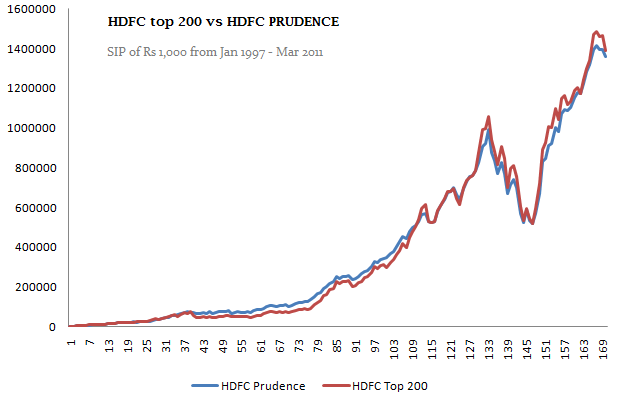
Lumpsum Investments in HDFC Top 200 vs HDFC Prudence
Now let’s come to lumpsum investment. Imagine you invested Rs 1 lac in HDFC Prudence on 1st Jan 1997 and I invest the same money in HDFC Top 200 on same date. We both redeem our investments on 11th Mar 2011. Who will have more money? Answer is it would be You, You will have around Rs 24 lacs (CAGR return = 24.94%), whereas I will have approx 21 lacs (CAGR return = 23.78%). See the chart below to look at how the corpus moved per month in case of one time lumpsum investment.
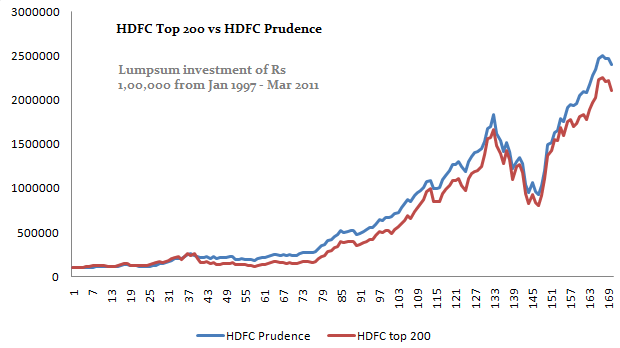
Some more statistics on Balanced Funds
- In the last 10 yrs , the return from HDFC Prudence is 29.38% . Only 2 Equity Diversified funds has outperformed HDFC Prudance in true sense, which are Reliance vision and HDFC Top 200
- HDFC Prudence 5 yrs returns is 17.93% cagr and its more than pure equity funds (The best return is from HDFC top 200 at 17.90%)
- HDFC Prudence returns have outperformed all the equity diversified equity funds in 3 yrs time frame, HDFC Prudence returns for 3 years is 18.65% and the best equity diversified funds in 3 yrs time frame was Mirae Asset India Opportunities Regular with returns of 17.88%
- The average of top 5 balanced funds return in last 5 yrs was 15.88% (17.93 , 16.97 , 15.54 , 14.55 , 14.40) and average of top 5 equity diversified funds was 16.63% (17.9 , 17.63 , 16.88 , 15.72 , 15)
- The average of top 10 equity diversified funds in last 10 yrs was 27.67% , balanced funds was 22.57%
List of good Balanced Mutual Funds

Source of Data : All the data is taken from Valueresearch , and for growth category of mutual funds , not dividend , All data as on 19/04/2011 .
Do you invest in balanced funds ? What you think it would be wise to invest in balanced funds compared to pure equity funds ? Share your thoughts on this HDFC Prudence vs HDFC Top 200 comparision which must have shown you difference between equity funds and balanced funds


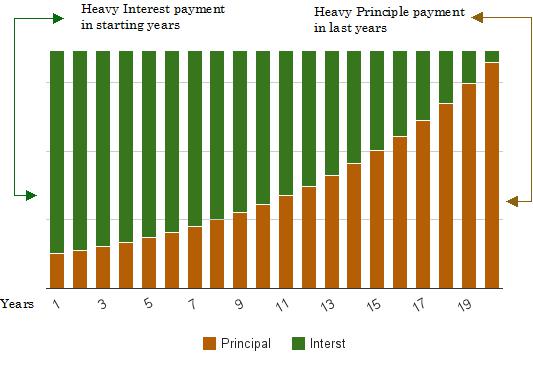
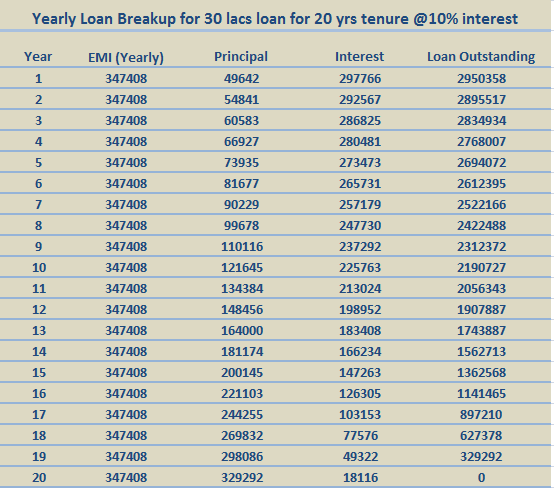
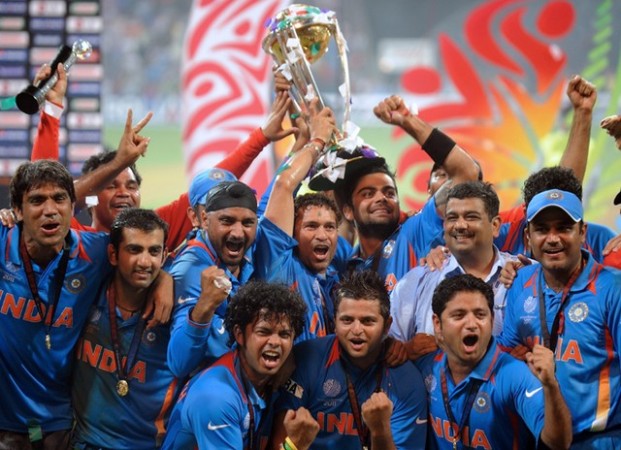

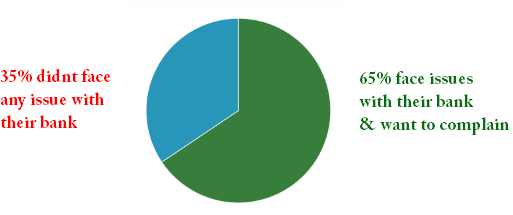
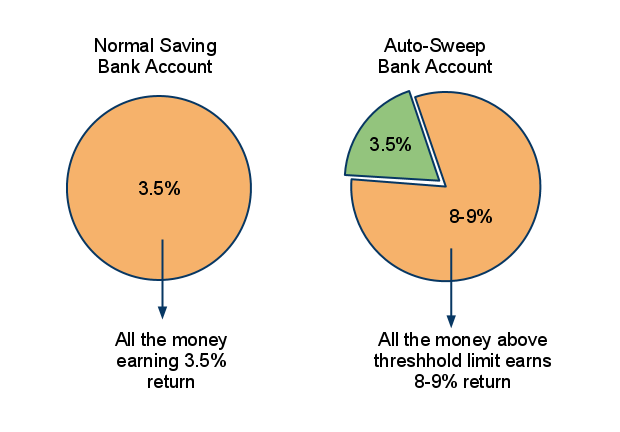

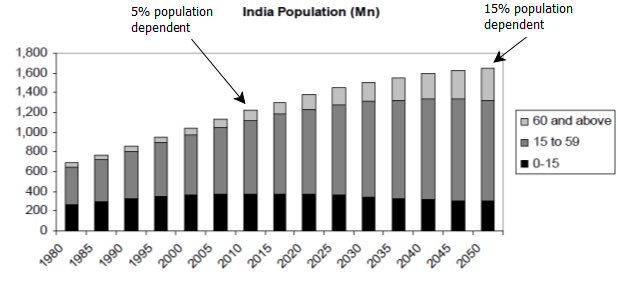
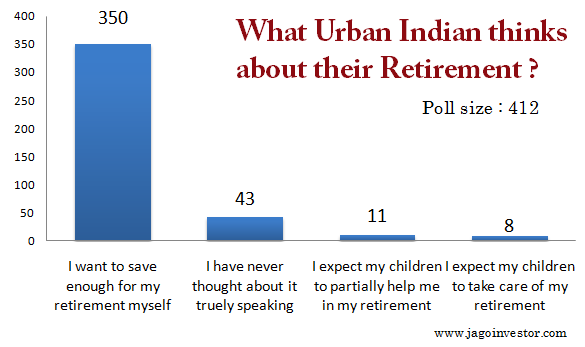 Best Investment for your Retirement ?
Best Investment for your Retirement ?

